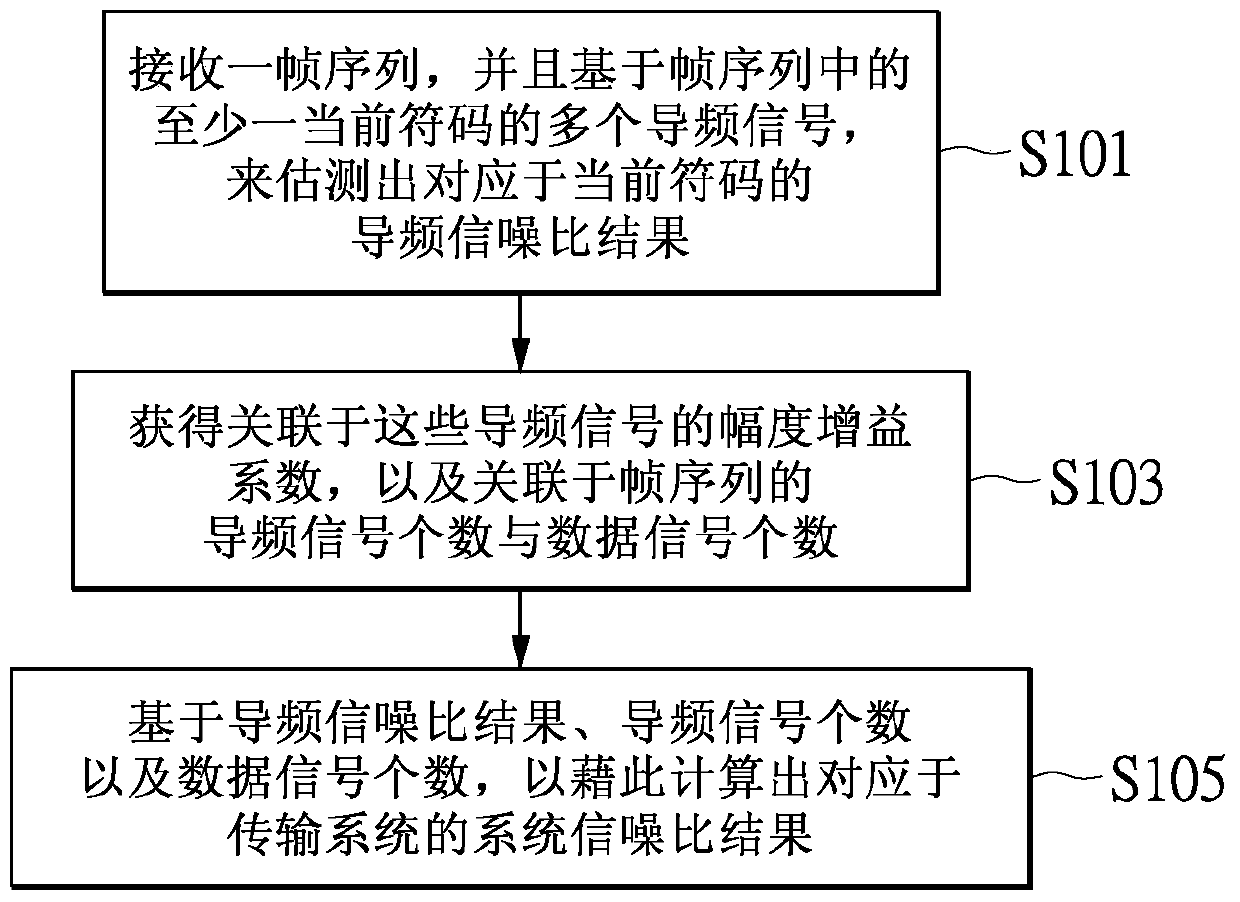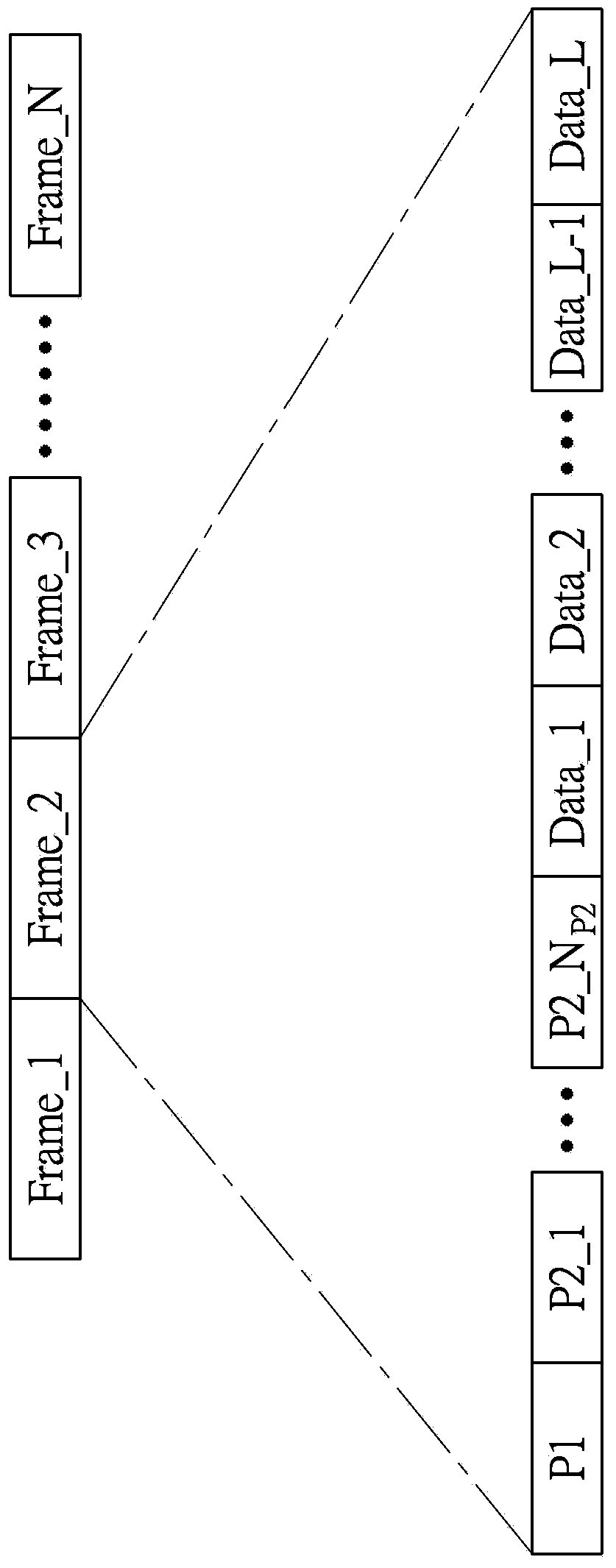Calculation method and decoding device of system signal-to-noise ratio
A calculation method and a technology of a decoding device, which are applied to the calculation of system signal-to-noise ratio and its decoding device, can solve problems such as inaccurate calculation results of signal-to-noise ratio, achieve the effects of avoiding difficult calculations, accurate calculation results, and improving estimation performance
- Summary
- Abstract
- Description
- Claims
- Application Information
AI Technical Summary
Problems solved by technology
Method used
Image
Examples
Embodiment Construction
[0015] Hereinafter, the present invention will be described in detail by illustrating various embodiments of the invention by way of drawings. However, inventive concepts may be embodied in many different forms and should not be construed as limited to the illustrative embodiments set forth herein. Furthermore, the same reference numbers may be used to denote similar elements in the drawings.
[0016] Specifically, the method for calculating the system signal-to-noise ratio provided by the embodiment of the present invention can be applied to a decoding device of any transmission system. For example, the transmission system may be a second generation terrestrial digital video broadcasting (Digital Video Broadcasting—Second Generation Terrestrial, DVB-T2) system, but the present invention is not limited thereto.
[0017] see figure 1 , figure 1 It is a schematic flowchart of the method for calculating the system signal-to-noise ratio provided by the embodiment of the present...
PUM
 Login to View More
Login to View More Abstract
Description
Claims
Application Information
 Login to View More
Login to View More - R&D
- Intellectual Property
- Life Sciences
- Materials
- Tech Scout
- Unparalleled Data Quality
- Higher Quality Content
- 60% Fewer Hallucinations
Browse by: Latest US Patents, China's latest patents, Technical Efficacy Thesaurus, Application Domain, Technology Topic, Popular Technical Reports.
© 2025 PatSnap. All rights reserved.Legal|Privacy policy|Modern Slavery Act Transparency Statement|Sitemap|About US| Contact US: help@patsnap.com



